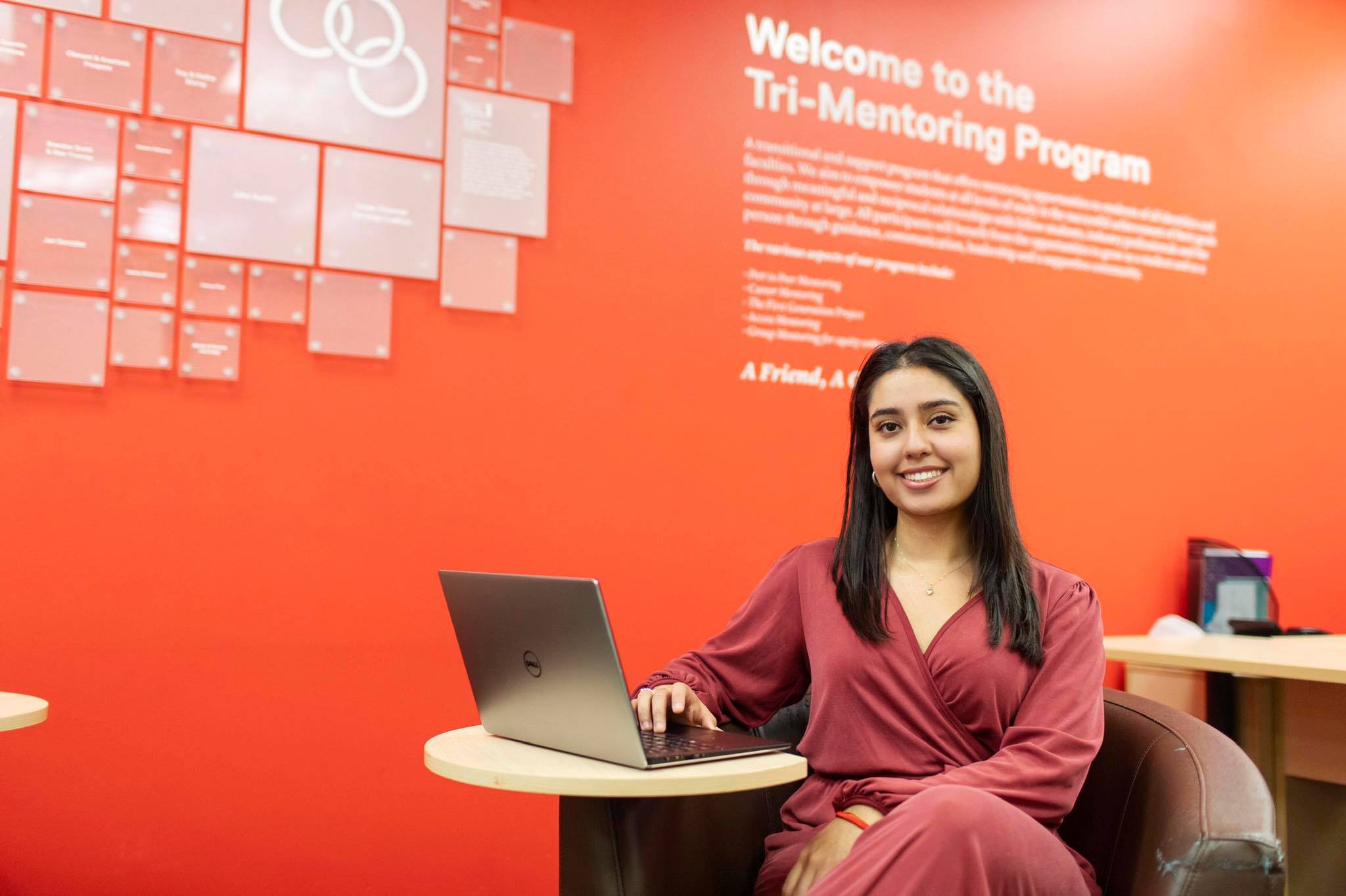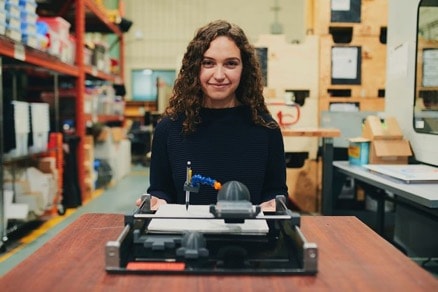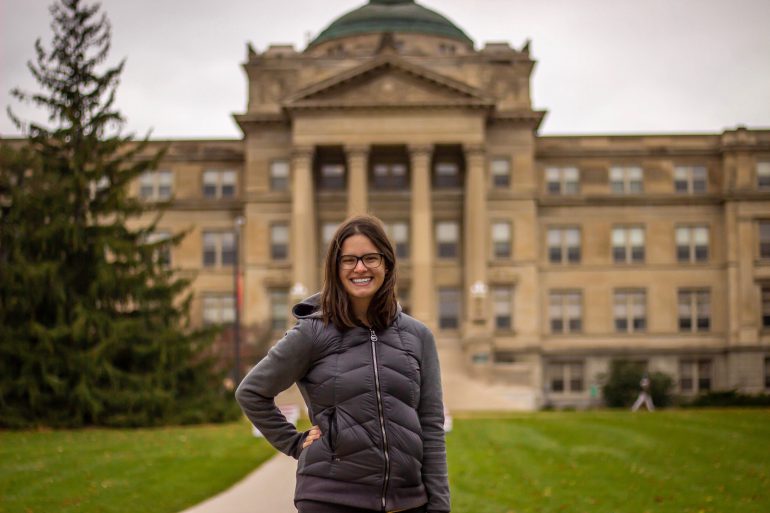
Moving labs out of the laboratory
When teaching a science class, we often use experiences in the lab to foster critical thinking skills and reinforce the concepts we introduce in lectures. But with campuses closed, students cannot access the lab.
So what do you do? Is it better to forget about labs at all, or is there value in online or hands-on at home methods? This is what one study published by the Journal of Formative Design in Learning tells us.
Don’t ditch labs
Students who take lecture and laboratory concurrently outperform their lecture-only peers, regardless of whether that lab is face-to-face or non-traditional.
Non-traditional labs can be as effective as face-to-face labs
- A good non-traditional lab tool can increase test scores, improve students’ attitudes and preparedness for the hands-on lab, and strengthen conceptual knowledge.
- In one particular study, the students said the online laboratory experience was the same as or better than their prior experiences in the traditional setting.
- Students can access the lab whenever and wherever suits them. Flexibility will be important at the moment, particularly for those suddenly having to care for children.
- In an online lab, students can reflect on what went right and what did not go as planned, and then can repeat the experiment as many times as they need.
- Virtual chemistry labs can help students visualize structures and processes at the molecular level and allow types of experiments not possible in a standard undergraduate laboratory—e.g., quantum chemistry.
A good tool should have
- Software that is easy to install, user-friendly, and intuitive, yet challenging.
- Experiences similar to the traditional laboratory.
- Useful sequences for learners that scaffold their use of the system.
- Some form of feedback (even if it is just immediate results of labs and simulations).
- Help for visualizing and demonstrating concepts and constructs that might otherwise be difficult to observe (depending on exactly what domain it is).
- Alignment with the learning objectives across all learning activities.
- Clear instructions (even if the task is more open-ended in the lab) and criteria so students know what to focus on.
- The ability for students to “experiment” in the environment without penalty.
- Digital laboratory manuals that accompany hands-on lab kits must also be user-friendly and intuitive.
Examples of online labs
Online labs can range from simple videos and games, to graphing and 2D simulations, to interactive 3D virtual reality experiences. Simulations, as mathematical models of processes in the physical world, allow users to manipulate parameters and can be used by faculty to customize laboratories in various disciplines. Some examples include:
- Virtual dissections (see Practice Anatomy Lab in Mastering A&P)
- Chemical reactions (see Chemistry simulations in Mastering Chemistry)
- Laws of motion experiments (see PhET simulations in Mastering Physics)
Source:
Rowe et al., Efficacy of Online Laboratory Science Courses (2017) Journal of Formative Design in Learning
.jpg)






